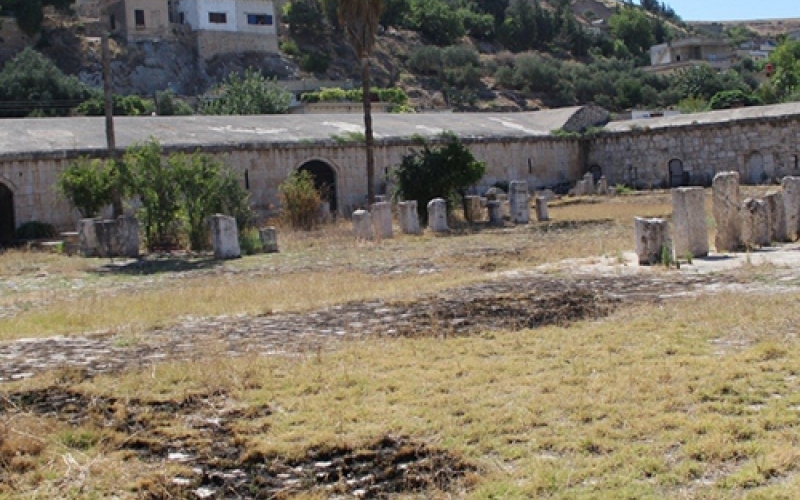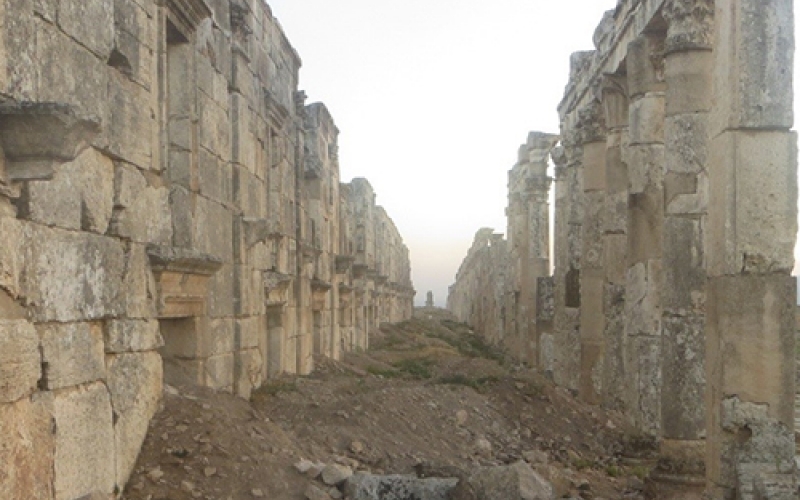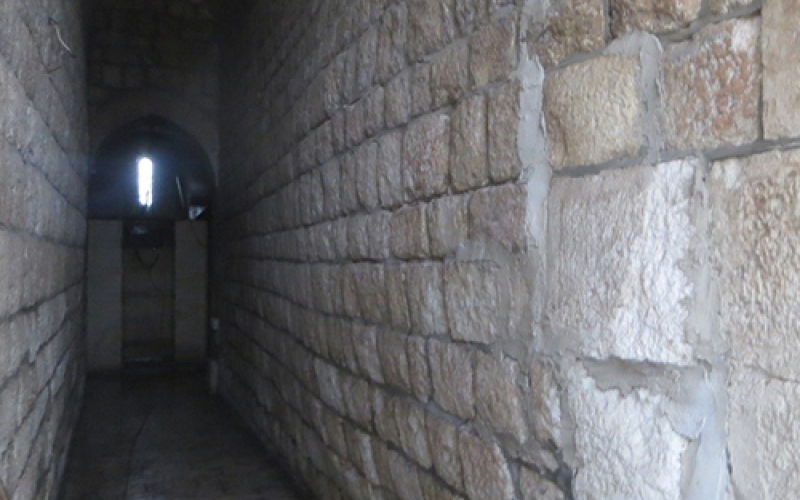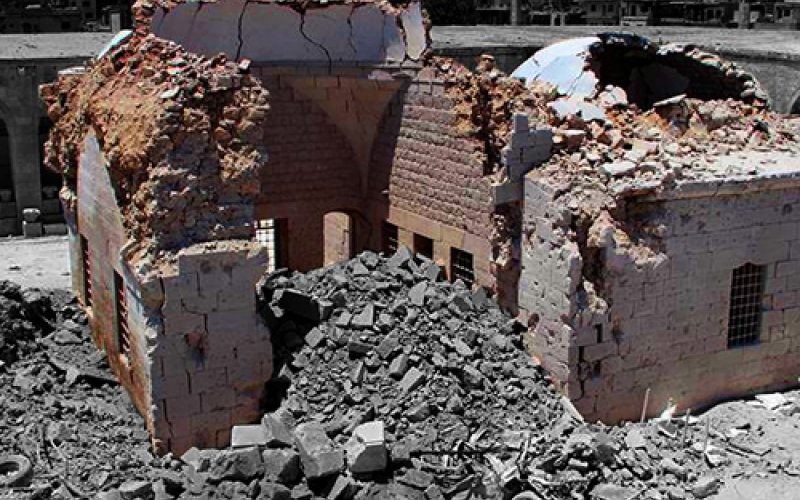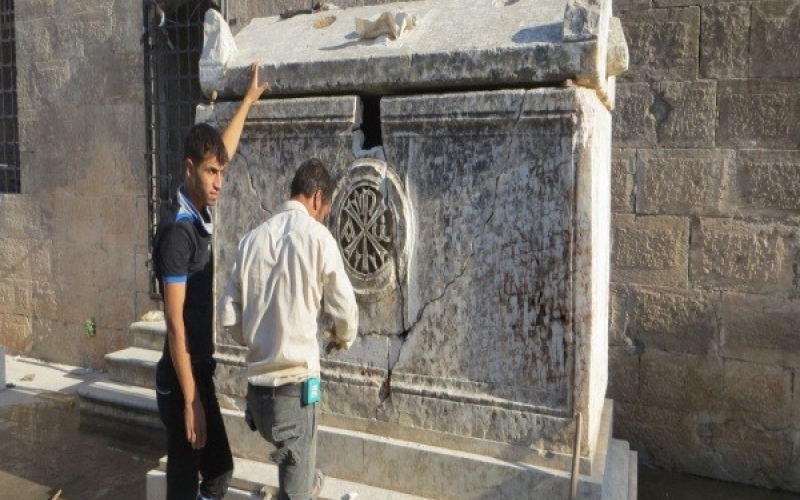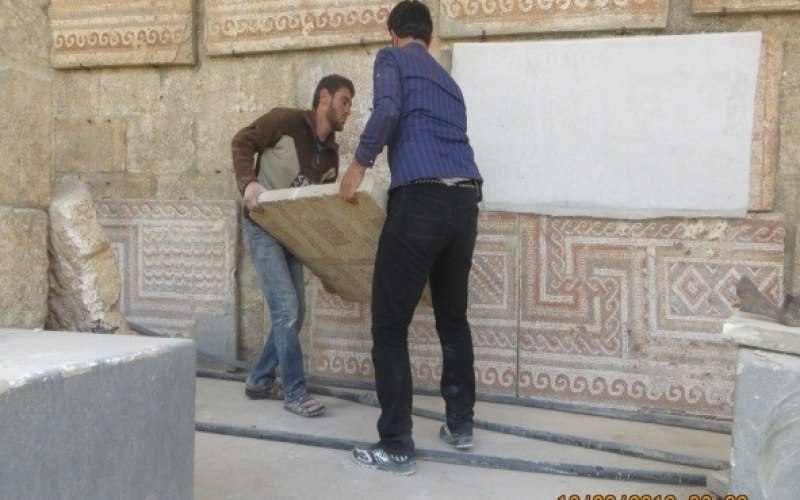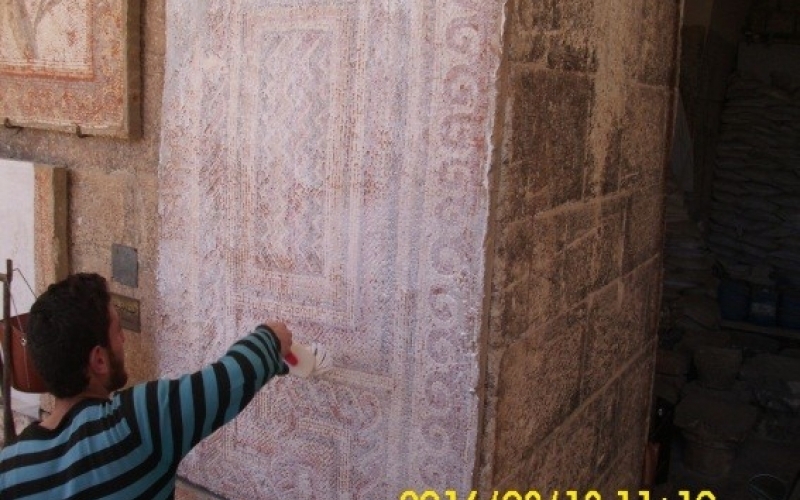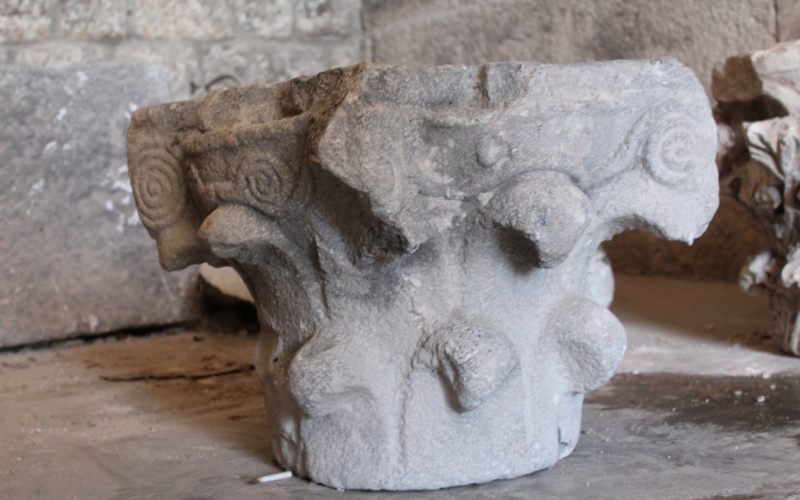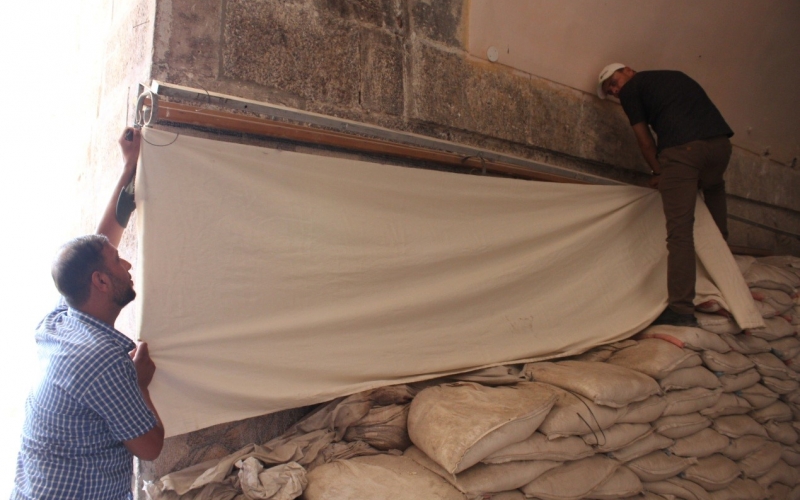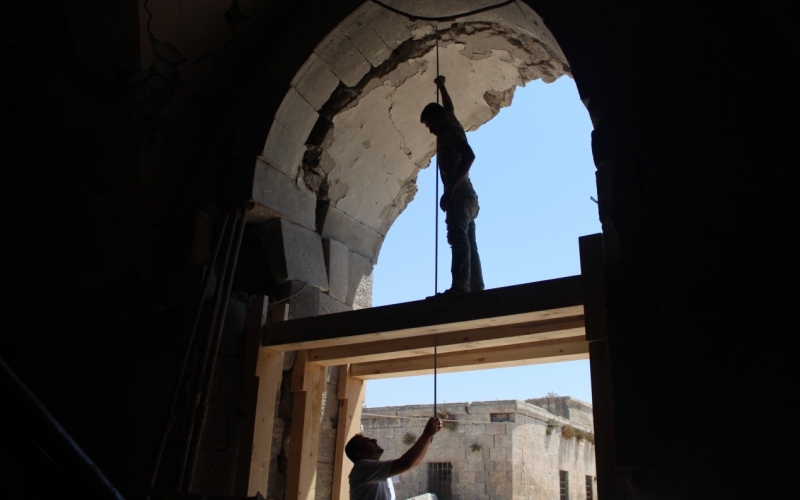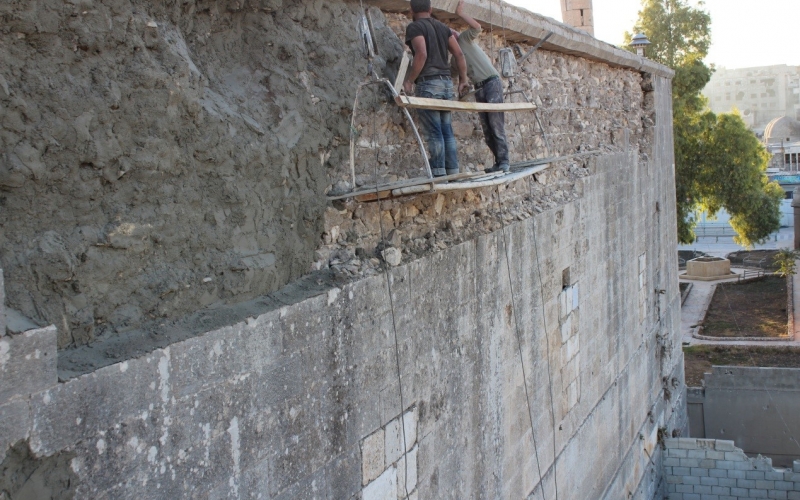Historical Overview
The mosaics at Apamea are displayed in a 16th century Ottoman caravanserai or khan that has been converted into a museum.
Within the courtyard (2450 ft. sq.) of the museum is an impressive collection of Roman military stele commemorating II Parthica Legio. There are also a number of mosaics, funerary stele and a basalt door (dating to the Islamic period); all in all about 150 pieces.
The primary collection on display within the museum galleries are mosaics dating back to the Roman and Byzantine period. In addition, there are a number of statues, Roman capitals and several sarcophagi in the galleries as well.
The east wing has five large mosaics fixed to the floor, 150 mosaics stacked awaiting restoration, 5 statues, 11 capitals, 11 funerary inscriptions, 2 large stone sarcophagi and 2 smaller terracotta sarcophagi.
The west wing has five large mosaics fixed to the walls and 7 mosaics fixed to the floor. There are also eight large mosaics on the floor that are not fixed. There are of stone objects including a statue of a seated individual and a stone base to a table.
The south wing contains a basalt stone door and two lions dating to the Islamic period.
The museum also contains 100 ceramic pieces.
Project Objectives:
- Assess the damage to the museum building and identify causes (military/environmental).
- Document the contents of the museum.
- Protect the contents of the museum from identified causes.
Work Stages Completed (Objectives 1 and 2):
The following work has been completed after 6 weeks from commencement of project.
First: Prepare an assessment of the damage to the museum and identify causes (military/environmental):
